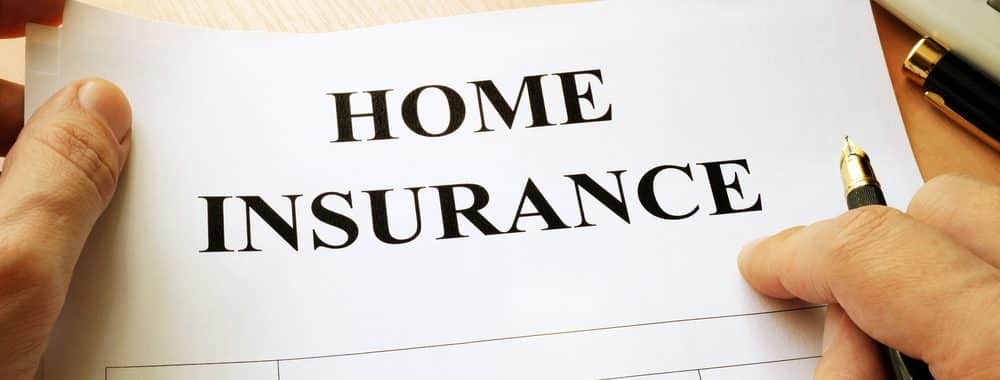After experiencing or seeing others experience a disaster in their home, many homeowners start to wonder if they have proper homeowners insurance coverage on the property. Once they start looking closer at their policies, it becomes obvious that most homeowners do not have sufficient coverage. Most homeowners would end up paying a high amount of money if their homes were hit by a disaster.
When it’s time to purchase a homeowner’s insurance policy, here are 5 of the biggest mistakes to watch for and avoid. Read on to make sure you are sufficiently covered in case of an emergency.
1. Under Insuring Your Home
The most common mistake homeowners make is purchasing a policy that doesn’t cover the entire home if it’s destroyed. According to insurance experts. more than two-thirds of homeowners are underinsured by 18%. This means a home costing $200,000 to replace would be short by $36,000.
The issue lies when homeowners purchase a policy that only covers the cost of their mortgage. A mortgage typically covers 80 – 90% of the value of the home. Depending on the down payment, the amount may be even less.
Factoring in any home value increases due to upgrades and repairs, and only having the cost of the mortgage covered by insurance means a high out of pocket expense. It’s recommended that homeowners determine how much a complete home rebuild will cost and insure to that dollar amount.
2. Not Adding Flood Insurance
Flood damage is not typically covered under a standard homeowner’s insurance policy. Many new homeowners don’t know to ask about this addition to their policy and end up with flood damage and no coverage to assist with the cost.
Flood insurance is available in private insurance and through a federal program with Federal Emergency Management. The National Flood Insurance Program can help determine your property’s flood risk level and how much coverage is necessary.
3. Setting a Deductible Too High or Too Low
Deductibles are set to try to save the insured money. Typically, a low deductible is to save money in the event of an emergency while a higher deductible is present to save money each month on the insurance payments. The problem is there is always too large of a payment at some point during the process.
Instead of paying too much at some point, set your deductible at $500 or $1000.
4. Not Cataloging Belongings
Most homeowners don’t take the time to do a proper catalog of the items inside their homes. Here’s the thing – a homeowner’s insurance policy covers more than just the home itself – it covers what is inside of the home as well. However, there needs to be an accurate count of the items inside the house or the insurance company can reject your claim.
Start early and catalog of your personal belongings and what each item is worth. Take pictures, record value, and put the inventory document or data in a safe place outside of your home. In case of a fire or flood, you will be able to reference the inventory list for the insurance company and file your claim quickly and easily.
5. Not Purchasing Mold or Sewage Back-Up Coverage
Mold and backups from clogged plumbing seem like standard issues that affect all homes. Because of this, shouldn’t these issues be included in a standard homeowner’s insurance policy? While this seems logical, the answer is no. Mold and sewage-backup problems are not typically covered under a typical policy.
Talk to an insurance agent before purchasing the policy and add on this additional coverage if necessary.
While homeowner’s insurance can seem a little confusing at first, asking the right questions can help clear up the gray areas and prevent any mistakes and loss of coverage. In the event of flood, fire, or mold damage to your home, call McMahon Services. We will work with your insurance company and help with filing the claim for you – and will keep you posted on any issues along the way.








0 Comments